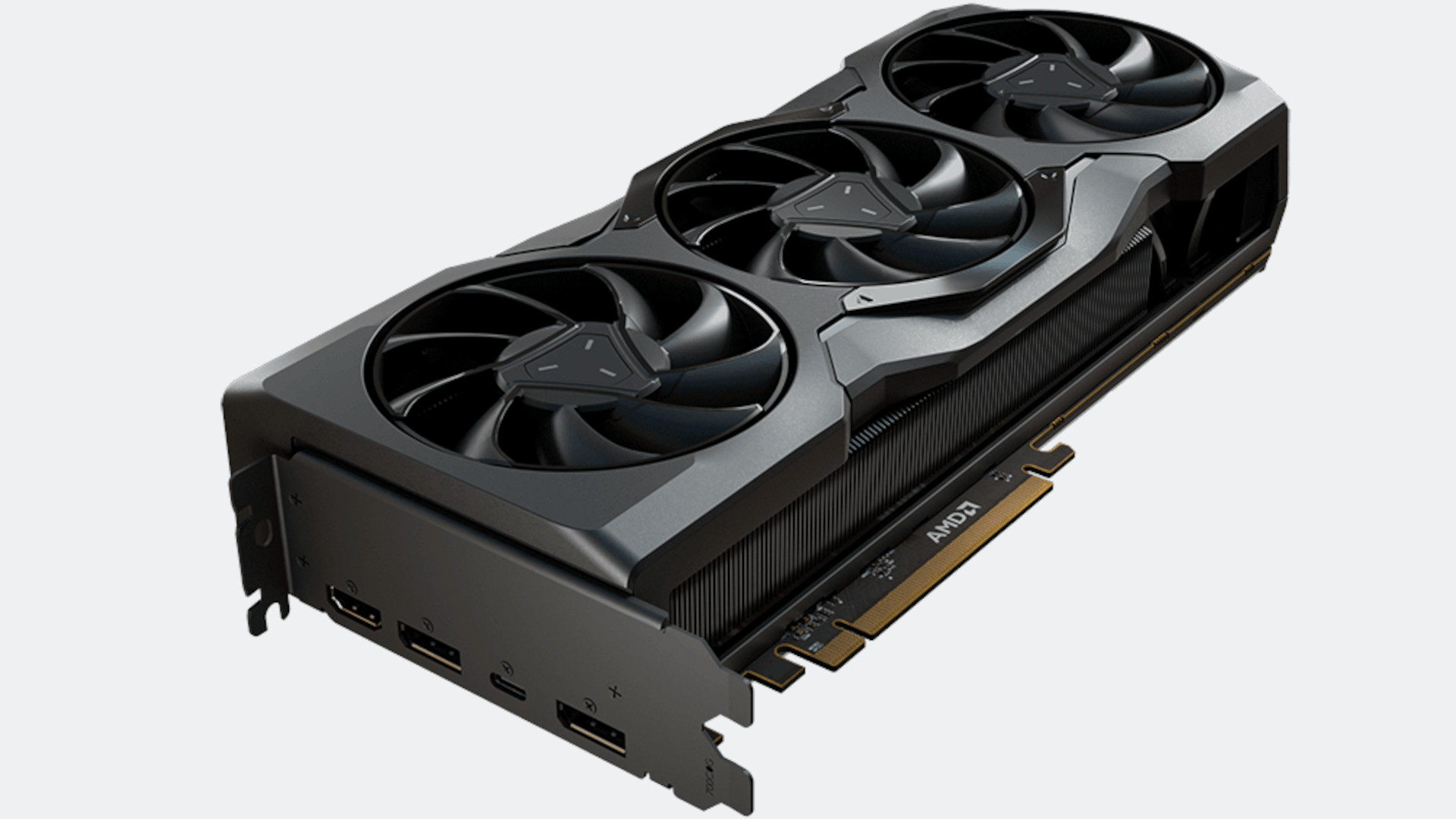The new AMD Radeon RX 7900 XT from AMD, which costs $899, is hardly a low-cost graphics card. This is now the cheapest ultra-high-end GPU of AMD’s and Nvidia’s new generations, though PC gamers will likely have to wait until far into 2023 for anything based on AMD’s new architecture that we’d consider really “budget-friendly.”
Additionally, it’s your only currently available option under $1,000 among AMD’s Radeon RX 7900 line and Nvidia’s GeForce RTX 40 series—the only other choice is to purchase a last-generation graphics card. It’s a great card, but the performance hit brought on by the price decrease makes it noticeably less appealing than AMD’s Editors’ Choice Award–winning Radeon RX 7900 XTX, which debuted alongside it.
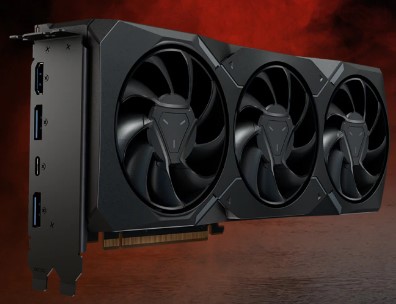
If you can’t get your hands on an RX 7900 XTX, which sold out within minutes of being on sale earlier this week, the smaller RX 7900 XT could still be worth picking up.
AMD Radeon RX 7900 XT Packaging & Closer Look
The package for the standard AMD Radeon RX 7900 XT is visually identical to that of the 7900 XTX. The retail box for the 7900 XT, on the other hand, pops up when you open it, unlike the box for the 7900 XTX. There is no unique pop-up effect when you open the lid; all that is visible is the 7900 XT. AMD could wish to underline that the 7900 XTX offers superior graphics or distinguish the packaging of these graphics cards.
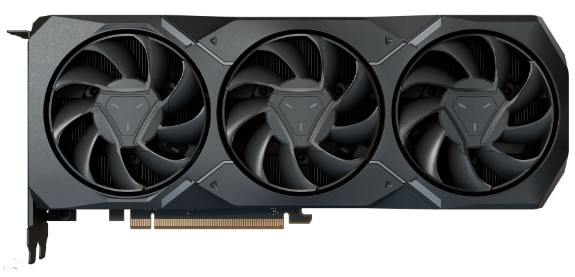
The AMD Radeon RX 7900 XT reference model shares much of its design with the 7900 XTX. With a few accents here and there, it has a lovely all-black color scheme. The front cooler shroud of the RX 7900 XT lacks (RGB) illumination, though. You receive a little RGB lighting fixture with the RX 7900 XTX in the center of the front cooler shroud.
Of course, this serves as a reference. Graphics cards in the RX 7900 series from AIC partners will include RGB illumination and a whole new design. Both the standard model graphics cards and the customized graphics cards from AMD’s partners are attractive. And to be quite honest, I believe that AMD’s newest reference cards look better than their predecessors.
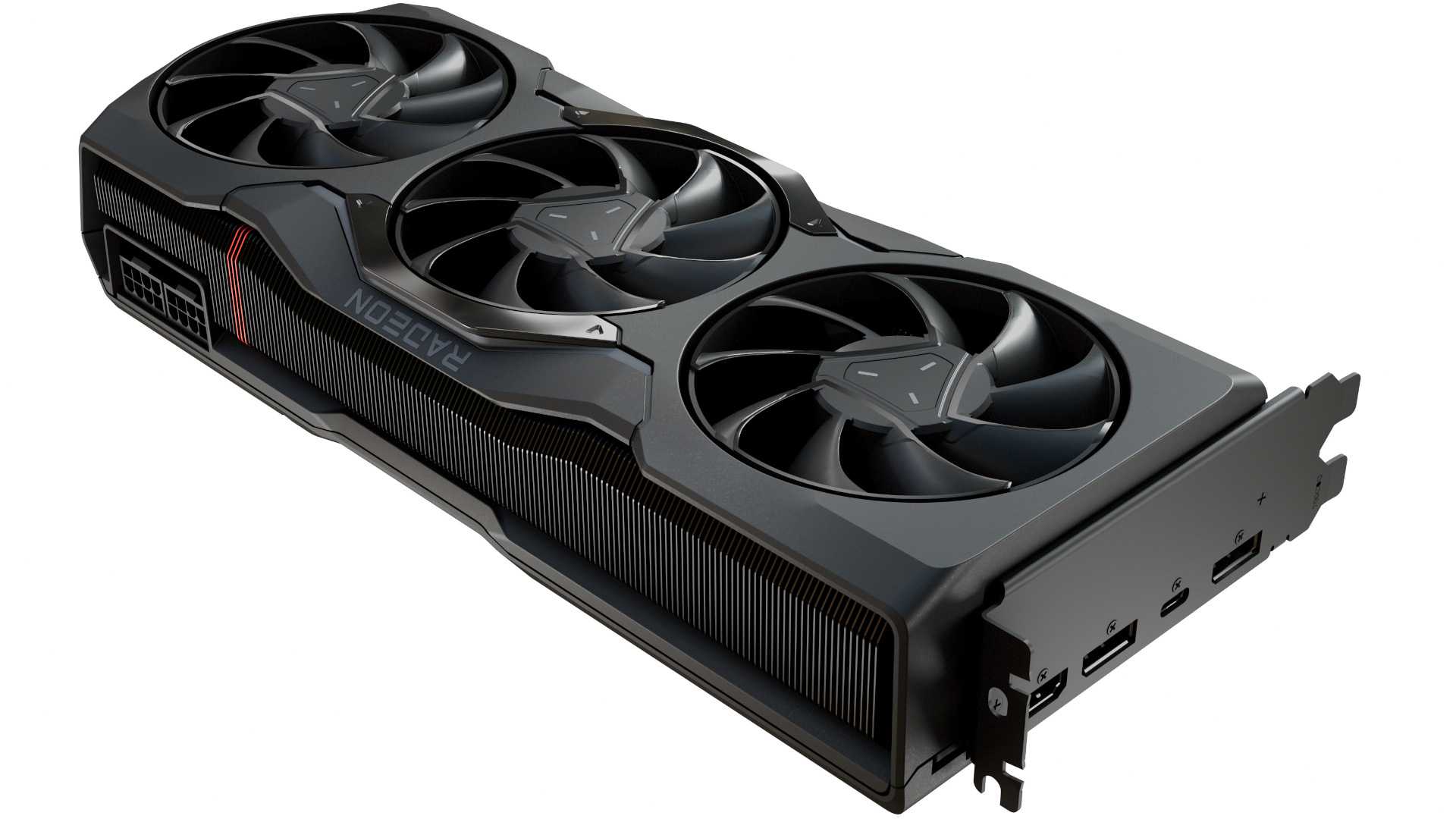
The output connectors of the Radeon RX 7900 XT and 7900 XTX are identical. You receive a USB Type-C port, two DisplayPort 2.1 ports, and an HDMI 2.1a connection. There are mounting holes at the back of the graphics card that allow it to be fastened to the chassis.
Additionally, just two 8-pin PCIe power connections are used by the AMD Radeon RX 7900 XT. Be aware that some AIC partner cards, like this MSI Radeon RX 7900 XT Gaming Trio Classic, will need three 8-pin PCIe power connections. However, the performance of the graphics card won’t be much improved by adding three 8-pin PCIe power connections. These custom cards will without a doubt operate a little bit better or quicker, perhaps 5% give or take, and they also run cooler. However, you shouldn’t focus too much on the quantity of PCIe power connections.
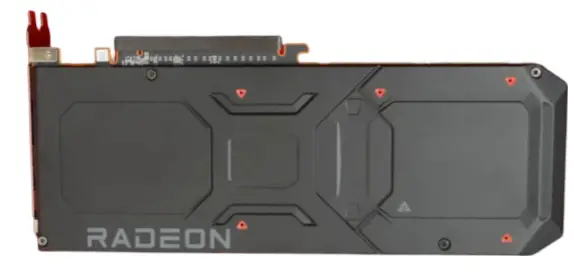
I initially believed the only architectural distinction between the RX 7900 XT and RX 7900 XTX was the RGB lights. However, I noticed that the RX 7900 XT is lighter while switching out the cards on the test setup. The RX 7900 XT is not only lighter when I place them side by side, but it is also somewhat smaller.
Obviously, if you choose a custom card, both the 7900 XT and XTX graphics cards from AIC partners will appear identical. To minimize needless extra expenditures, they will continue to employ the same graphics card cooling.
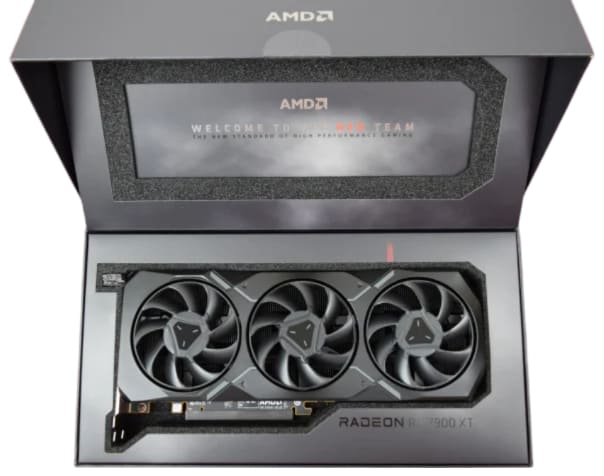
AMD Radeon RX 7900 XT Specifications
The RX 7900 XT’s specifications show that it is essentially a cheaper version of its more costly sister. The Navi 31 GPU is still used, however, it has fewer computing units, second-generation ray accelerators, stream processors, and clock rates. The XT employs the same amount of GDDR6 VRAM, but it uses less of it and thus performs worse than the RX 7900 XTX in terms of memory bus width and clock speeds.
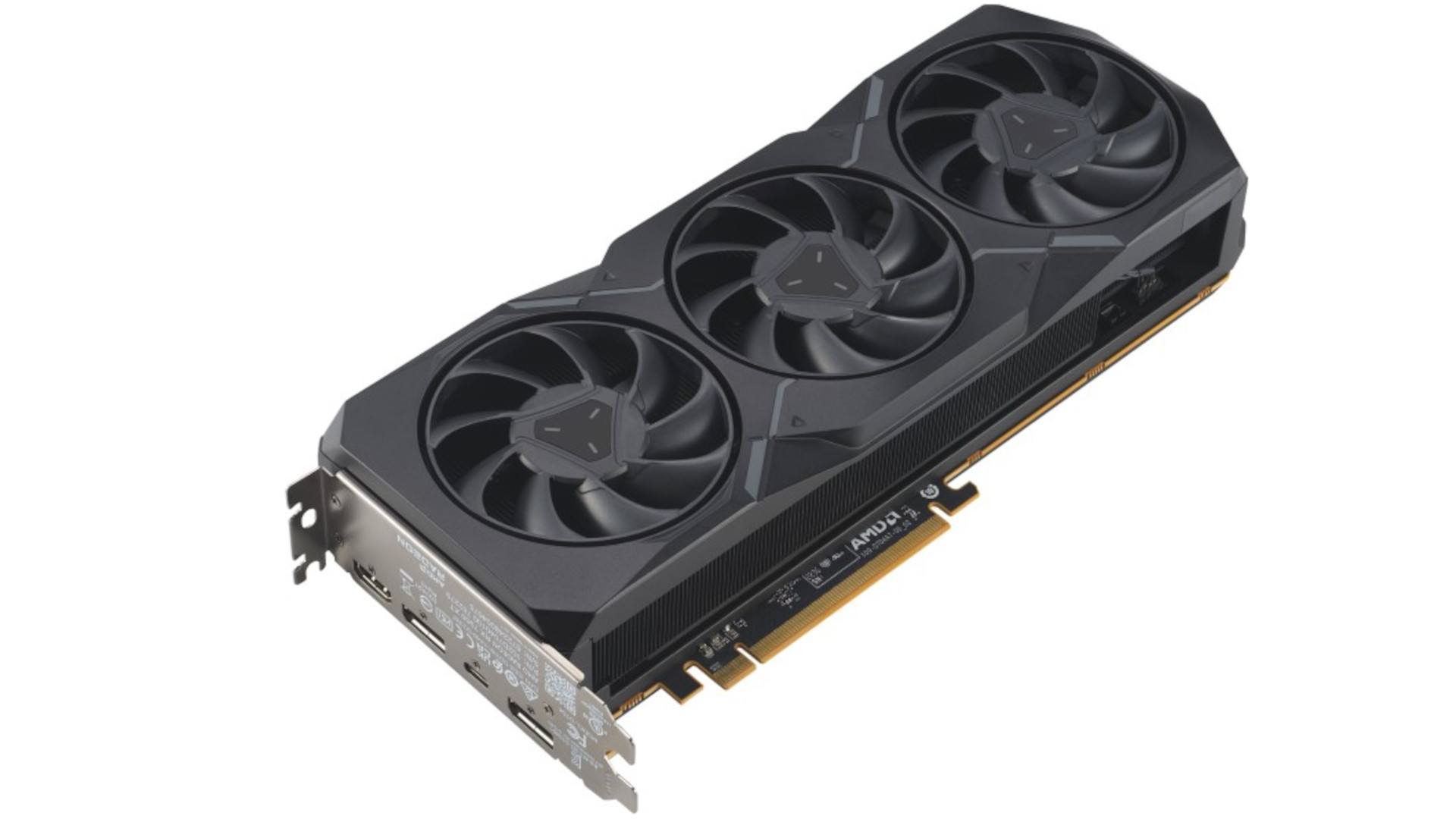
Even with all of these power savings, you’ll still need to use a high-quality power supply in conjunction with it. The AMD Radeon RX 7900 XT 315W TBP puts it just 5W behind the Nvidia GeForce RTX 4080, and it shouldn’t be coupled with a power supply that is any lower than 750W. However, because it uses tried-and-true dual 8-pin connections rather than the 16-pin socket you’ll find on RTX 4000 graphics cards, you won’t need to shell out for an ATX 3.0 PSU or deal with the trouble of a difficult dongle.
At its reveal event, AMD made a big deal out of incorporating DisplayPort 2.1 connections on its Radeon RX 7000 series cards. You’ll find two of them along with a single USB Type-C and HDMI 2.1 port on the 7900 XT. This potentially makes the GPU capable of handling 8K panels at 165Hz and 4K monitors at refresh rates up to an astounding 480Hz.

The reason I say potentially is because, even with AMD FSR, the card just cannot reach those limitations in the majority of games. From a future-proofing perspective, this development is great, but it is by no means a standout feature at the moment.
The AMD Radeon RX 7900 XT is a gorgeously outfitted card that provides numerous improvements over its predecessor, but given that the difference in price between it and the RX 7900 XTX is only $100, it’s difficult to overlook how closely their specifications resemble one another. Usually, the cheaper card should provide greater value, but I’ll need to use the 7900 XTX for a while to be sure.
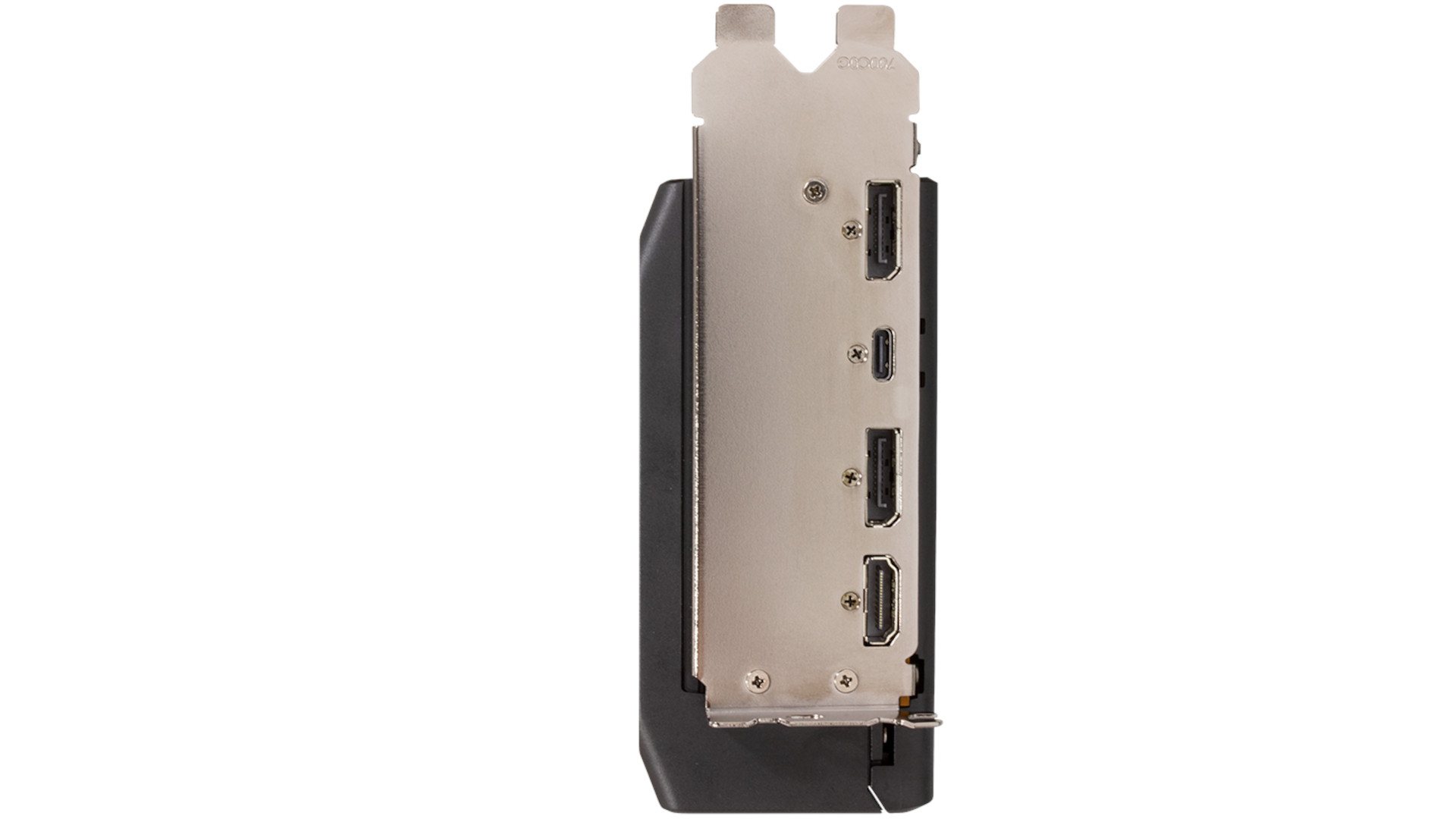
AMD Radeon RX 7900 XT General Information
| Architecture | 5nm RDNA3 |
| GPU | Navi 31 XT |
| Shader Processors | 10752/5376SP |
| Memory | 20GB G6 |
| Memory Bus | 320-bit |
| Memory Speed | 20 Gbps |
| Infinity Cache | 80 MB |
| Bandwidth | 800 GB/s |
| TBP | 300W |
| Price | $899 |
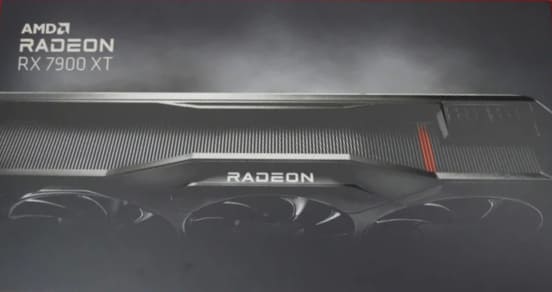
AMD Radeon RX 7900 XT All-Rounder
A capable pixel pusher with good all-around performance is the AMD Radeon RX 7900 XT. However, when compared to its bigger, more costly sibling or the similarly priced competitors, it feels like a horrible value at its present price point.
Once AMD FSR 3 is out, this story may change because team red is renowned for significantly enhancing the performance of their GPUs over time with driver upgrades. However, nothing should be purchased on the basis of rumors or assurances, and the AMD Radeon RX 7900 XT is no exception.
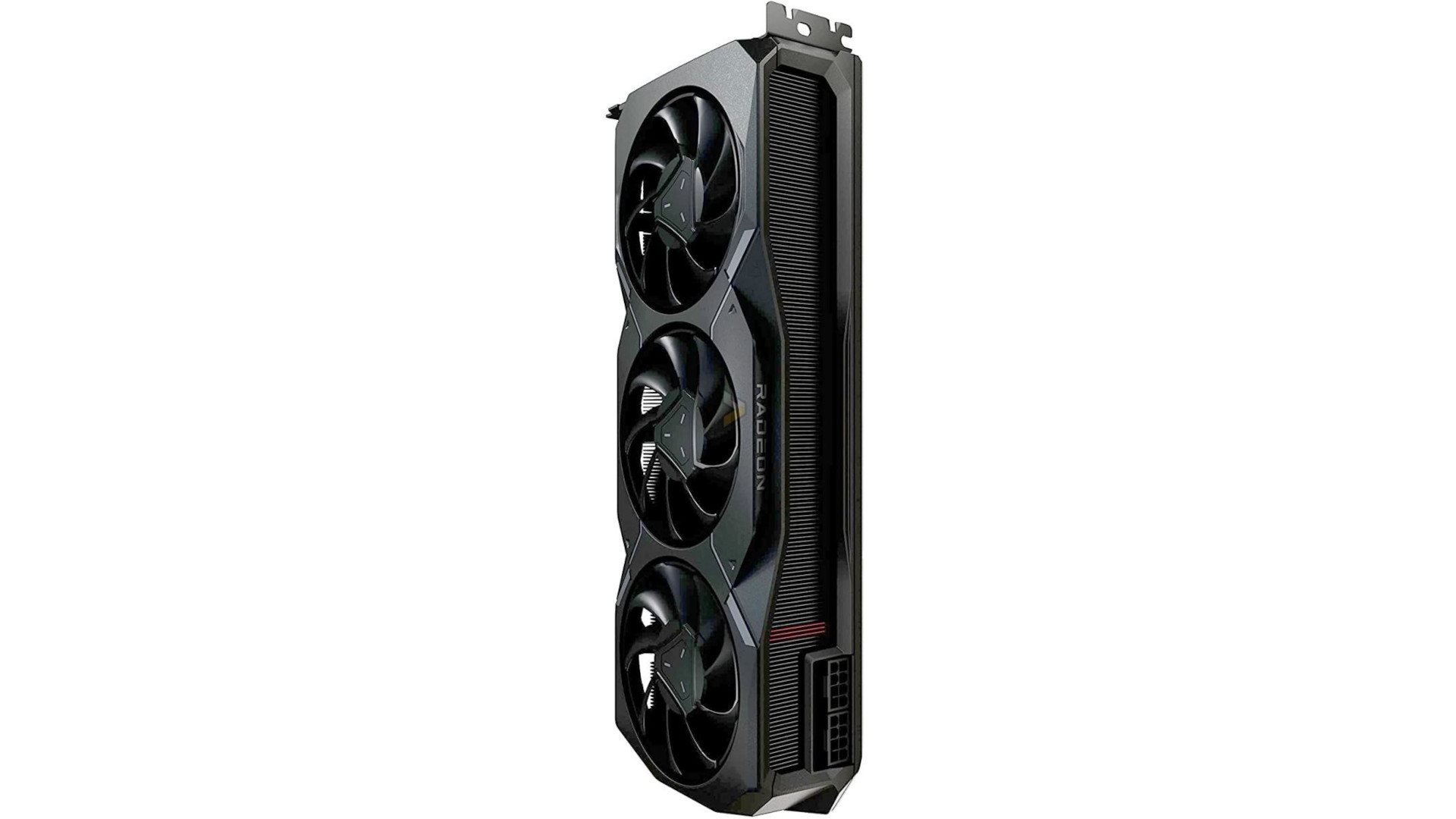
I do not have all the specific information about the AMD Radeon RX 7900 XT as it is a new product (at the time of this review). However, I can provide you with some pros and cons for a high-end graphics card like the AMD Radeon RX 7900 XT. Keep in mind that the actual specifications and features may differ slightly on some cards. For the most accurate and up-to-date information, please check the latest reviews and announcements from AMD.
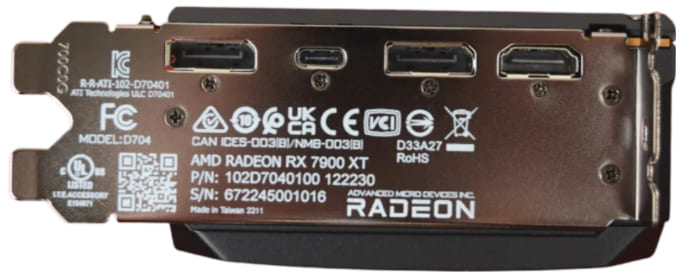
Pros
1. High Performance
- Expected to deliver top-tier gaming performance, especially in high-resolution and demanding graphics scenarios.
2. Advanced GPU Architecture
- Utilization of the latest GPU architecture with improvements in efficiency, power consumption, and rendering capabilities.
3. Ray Tracing and AI Features
- Inclusion of advanced ray tracing and artificial intelligence (AI) features for enhanced visual fidelity and realism in supported games.
4. High VRAM Capacity
- Large video memory (VRAM) capacity, beneficial for handling high-resolution textures and multitasking in content creation applications.
5. Optimized for 4K Gaming
- Expected to excel in 4K gaming, providing smooth frame rates and detailed visuals for users with high-resolution monitors.
6. Support for AMD Technologies
- Integration of AMD-specific technologies such as FidelityFX, which enhances image quality, and other software optimizations for a better gaming experience.
7. PCI Express 4.0 Support
- Compatibility with PCIe 4.0 for faster data transfer between the graphics card and the motherboard, reducing potential bottlenecks.
8. CrossFire Support
- Support for multi-GPU setups using AMD CrossFire technology for users looking to boost graphics performance further.
9. Up-to-Date Video Output Standards
- Inclusion of the latest display connectors like HDMI 2.1 and DisplayPort 1.4 for high refresh rates and resolutions on modern displays.
10. Efficient Cooling Solutions
- Advanced cooling solutions to keep the GPU temperatures in check, potentially offering quieter operation and better overclocking capabilities.
Cons
1. High Power Consumption
- High-end GPUs tend to consume more power, potentially requiring a robust and efficient power supply unit for optimal performance.
2. Large Physical Size
- The physical dimensions of high-end graphics cards can be substantial, requiring a spacious PC case for proper installation.
3. Premium Price Tag
- Expected to come with a premium price, making it a significant investment for users seeking cutting-edge graphics performance.
4. Limited Availability
- High demand for top-tier GPUs may lead to limited availability, making it challenging for users to purchase the product at launch.
5. Potential Heat Output
- Despite advanced cooling solutions, high-performance GPUs can generate significant heat, requiring adequate system ventilation.
6. Ray Tracing Performance Impact
- While ray tracing enhances visuals, it may impact overall performance, and not all games may fully utilize this feature.
7. Compatibility with Older Systems
- Newer GPUs may require a modern system with compatible hardware and software, potentially limiting compatibility with older systems.
8. Software Optimization Period
- Newly released GPUs may require some time for optimal software optimization and driver updates for specific games and applications.
9. Noise Levels Under Load
- The cooling fans, under heavy loads, might produce noticeable noise, which could be a concern for users prioritizing a quiet computing environment.
10. Potential Overkill for Some Users
- For users with moderate gaming and productivity needs, a high-end GPU like the AMD Radeon RX 7900 XT might be overkill, and a more budget-friendly option could suffice.
Keep in mind that the information provided here is based on general expectations for this high-end graphics card and specific details about the AMD Radeon RX 7900 XT may vary. Always refer to the official product specifications and reviews for the most accurate and up-to-date information.
AMD Radeon RX 7900 XT
-
Performance - 93%93%
-
Price - 94%94%
-
Value - 94%94%

